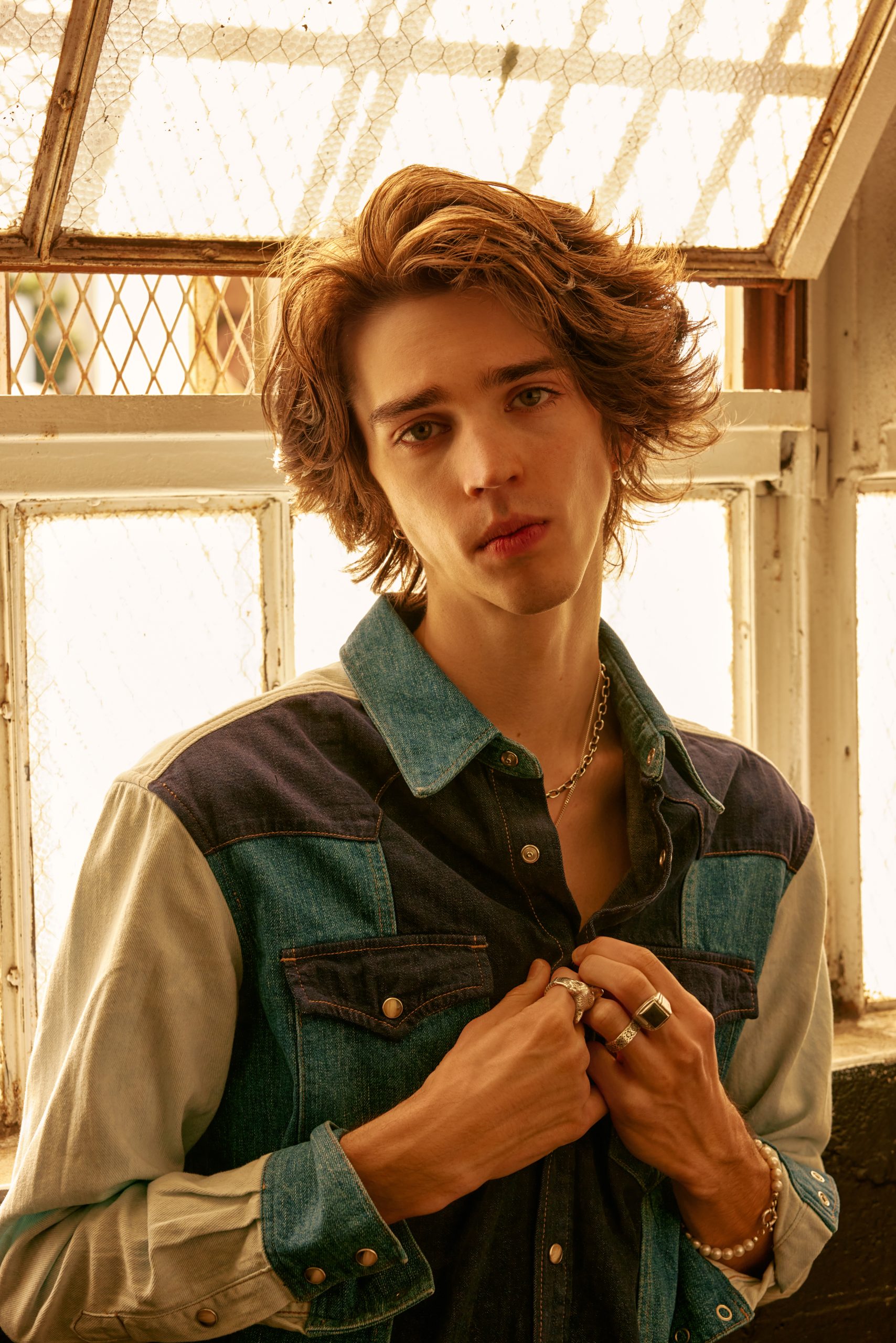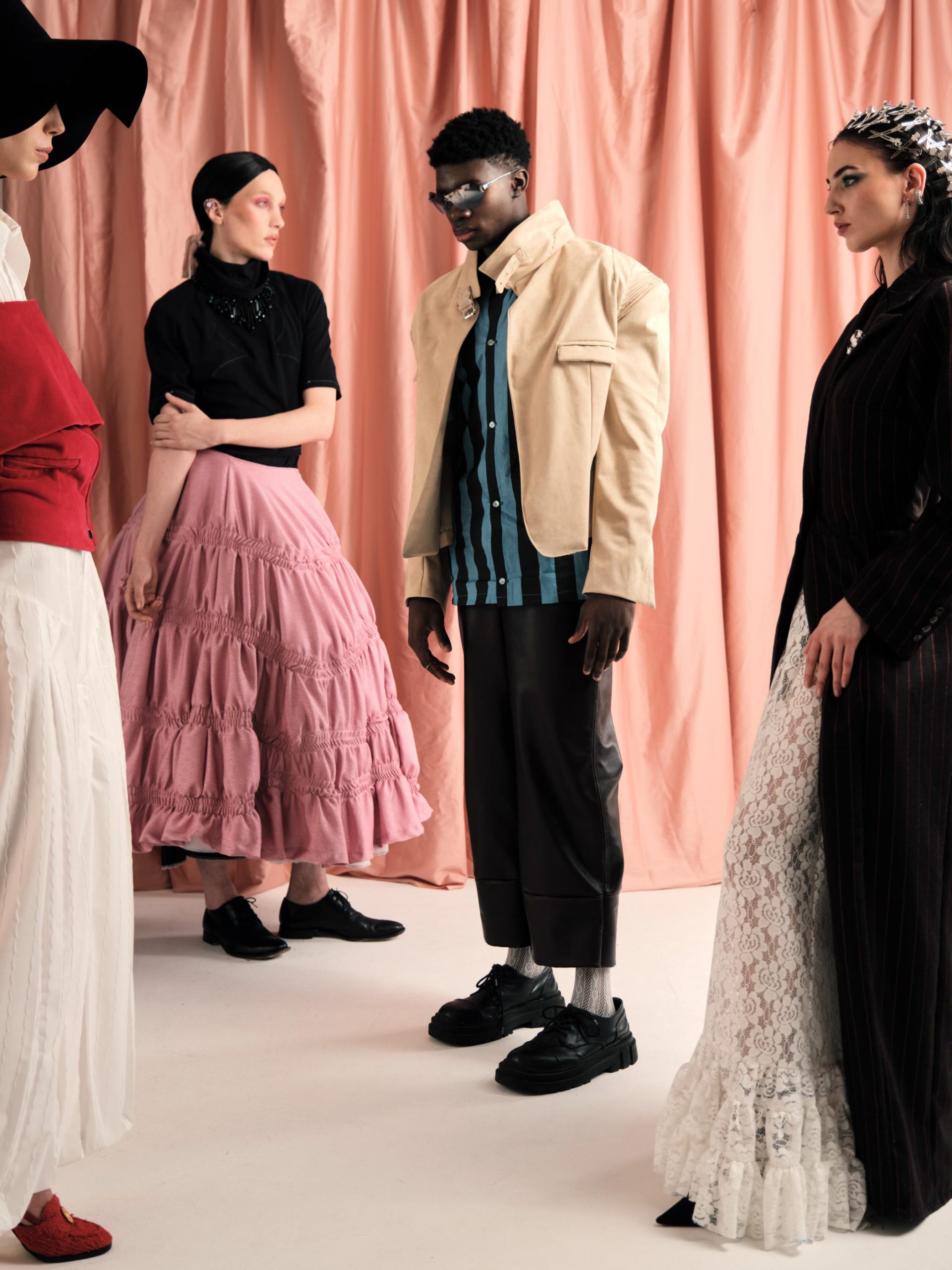7 Trends in Luxury Fashion
Few industries are as tuned in to what is trendy as high fashion. Predictions about what will be the next big thing are a normal annual occurrence; however, with the pandemic changing the industry in dramatic ways, this year’s predictions are more challenging and important than in years past.
- The Return of Haute Couture
One of the pandemic’s most notable trends is that while many people struggled, the rich got richer. Now the rich are spending that money on one-of-a-kind clothes, jewelry, and watches. High fashion brands, such as Dolce and Gabbana, have responded with online experiences tailor-made for these emerging trends.
- Fashion Shows in Unique Settings
Over 400 of the richest and most famous people in the world showed up for Dolce and Gabbana’s Alta Moda show in Venice. The show included a performance of “Nessum Dorma” from Turandot by Jennifer Hudson. The pieces, which were delivered by gondola, featured inspiration from local artisans and the culture of the host city. This extravagant show was the first ever to close down St. Mark’s Square. Expect the trend of fashion shows in unique places to continue as restrictions on public gatherings ease and consumers seek out extraordinary experiences.
- Luxury Clothes for Wearing Around the House
Luxury lounge and casual wear were already trending before the pandemic. However, the increase in time spent at home has accelerated the trend. Luxury brands have begun releasing limited edition and high-end leisurewear collections. More casual options are on the way.
- Emphasis on Convenience
It has now become common for luxury fashion brands to have virtual try-on features on their websites. Some brands are also experimenting with home try-on options that provide customers with a risk-free opportunity to try out merchandise and then return it to the retailer if it doesn’t fit or they don’t like it. This is a response to store closures and shifting consumer behavior to favor online shopping.
- Youth Movement
Millennials and Gen Z are doing most of the luxury fashion purchasing, prompting many brands that had been associated with older consumers to shift their marketing focus to younger generations. Because younger consumers expect sophisticated digital experiences, luxury brands are ramping up their online experiences. Additionally, many brands are releasing clothing lines and marketing campaigns specifically aimed at the youth market.
- Focus on the Asian Market
Asia continues to be the leading driver of global growth in the luxury fashion market. Luxury brands around the world are focusing on gaining traction in China and other Asian markets. Asian luxury consumers are digitally-driven and avid consumers of social selling. Brands must not only meet the technology demands of Asian consumers but learn to be locally relevant and culturally conscious. Additionally, they must adjust to an Asian luxury market that is increasingly driven by women.
- Continued Pivot to Online
High fashion brands have traditionally been resistant to embracing online selling. Many have been playing catch-up to deal with the closure of brick-and-mortar locations during the pandemic. The trend toward digital transformation will continue as the demands of customers continue to be for more and better online experiences from luxury retailers. Luxury brands must find ways to offer first-class online experiences that customers perceive as exclusive and bespoke, such as private viewings, personal shoppers, white-glove delivery, and increased customization options.
While industry experts expect that the end of the pandemic will result in many consumers returning to traditional in-store shopping for luxury brands, many consumers will continue to demand high-end online experiences. With that in mind, brands must continue to find innovative ways to bring luxury to the digital world.





